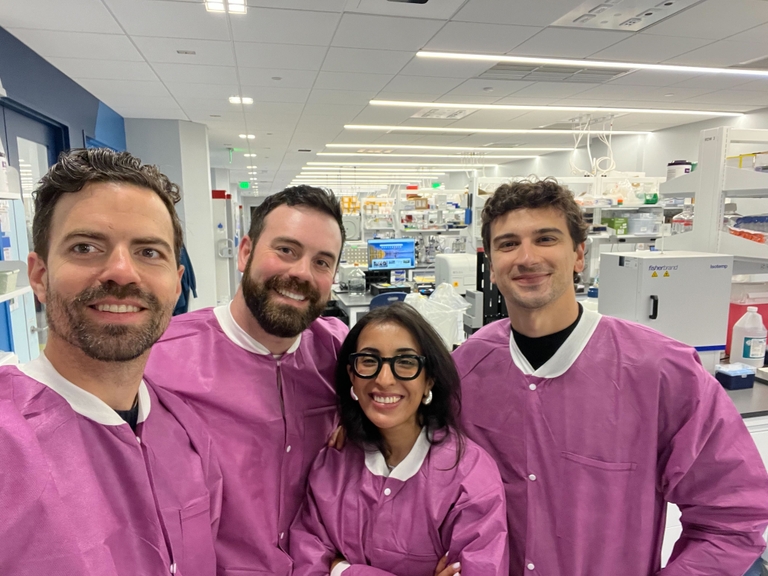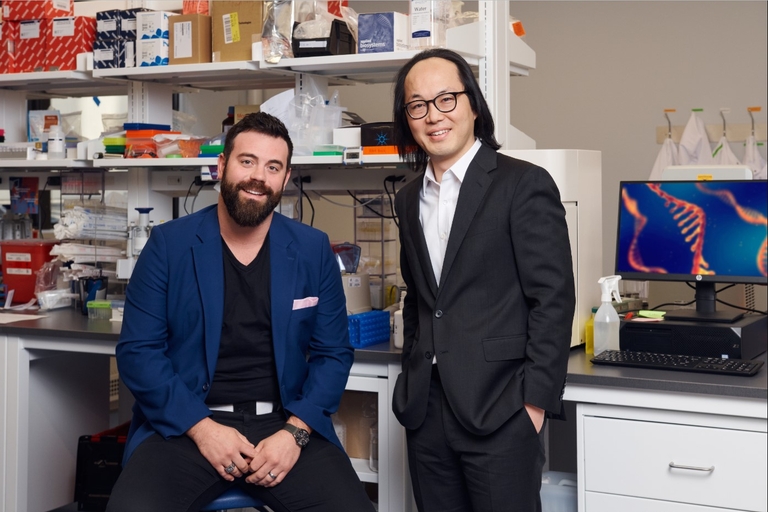
Reprogramming cancer. Rebooting biotech.
A new class of medicine needs a new class of logic
The most dangerous thing about cancer is not that it kills, it is that it learns. Each treatment is met with a countermeasure and each breakthrough eventually faces another obstacle. Beating it requires more than stronger drugs; it requires smarter ones. That is why when Strand Therapeutics tested its first therapy in patients whose melanoma had resisted every available treatment, the results felt less like an early trial and more like a preview of what medicine could become.
They chose the hardest proving ground: salvage-stage cancer, a setting where progress is measured in marginal gains and remissions are fleeting, if they come at all. In such trials, complete responses are almost unheard of, particularly in a first-in-human trial. Yet in Strand’s debut study, one Stage 4 melanoma patient saw tumours disappear from nearly every scan. For a programmable mRNA therapeutic, it was more than an encouraging datapoint, it was a glimpse into the future of genetic medicines.
When Potency Isn’t Enough
Most medicines still act like static tools. They do the same thing in every cell they reach, whether that cell is diseased or healthy. In cancer, that bluntness is lethal twice over: healthy tissue is damaged and tumours often adapt to evade the attack. Even our most celebrated immunotherapies work for a minority of patients and relapse is not the exception, but the rule.
This is not a failure of ambition, it is a failure of architecture. For decades, drug development has treated the body as something to target, not something to program.
Take IL-12, one of oncology’s great “what ifs.” In the lab, this immune-activating cytokine can provoke a ferocious anti-tumour response. In patients, delivered systemically, it floods the body with inflammation and overwhelms the immune system. The result is toxicity so severe the drug was shelved. The principle was tantalising: if IL-12 could be delivered only to tumours, it might transform cancer treatment. But the tools did not exist to make that possible, until now.
The Strand Playbook: If/When Biology
Strand’s lead candidate, STX-001, combines two core capabilities of the platform: advanced lipid nanoparticle (LNP) delivery and self-amplifying RNA, controlling for delivery and potency. Together, they enable IL-12 to be produced directly inside PD-1-resistant melanoma tumours, among the most stubborn and treatment-resistant cancers, while avoiding the systemic inflammation that made earlier IL-12 therapies too toxic to use.
When the early results were presented at ASCO, they drew attention not just for what they achieved, but for the context in which they were achieved. These were patients with no remaining standard-of-care options, many having seen their disease progress through multiple lines of therapy. In that context, tumour shrinkage, let alone complete disappearance in some cases, was an extraordinary result. Others saw months of stable disease, a rare outcome in this population. The therapy was well tolerated, even in heavily pre-treated, late-stage patients.
Even more compelling were signs of an abscopal effect observed across multiple patients, where attacking one tumour seemed to awaken the immune system against other tumours around the body. Rare outside certain radiation and immunotherapy combinations, it suggests STX-001 may be triggering a broader immune response than expected, helping the body recognise and attack tumours beyond the treatment site.
Scaling Precision
What makes Strand compelling is not just STX-001’s early performance, but the architecture beneath it. The same RNA and LNP engineering can be extended to systemic delivery with logic gates for when to turn on. This enables drugs to circulate through the body but act only in the right biological context.
The next wave of candidates, starting with STX-003, adds tighter control:
- Cell-type sensors that distinguish between cancerous and healthy cells
- LNP engineering to improve delivery, helping more of the therapy reach tumour cells while sparing healthy tissue.
- Self-limiting activity to control how long the therapy stays active reducing excessive immune activation.
- Payload flexibility, allowing new therapeutic genes to be swapped in with minimal re-engineering
It is a leap from a targeted local strike to a fully programmable, context-aware therapeutic. One that could treat tumours scattered across the lung, liver, or bone without harming healthy tissue. Check it out below:
When the Drug Decides
If Strand succeeds, the implications will stretch far beyond oncology. Logic-gated therapeutics could revive shelved drug classes, unlock “undruggable” targets, and cut the trial-and-error cycles that slow drug development.
For cancer patients, it could mean therapies that activate only in diseased tissue, improving outcomes while reducing harm. The benefit would be measured in longer remissions, fewer complications, and a better quality of life – a patient experience and outcome profile that could be drastically better than today’s standard of care.
Why We Led: Backing the Architects of Bio Intelligence
Programmable biology is still in its early innings and much of the work so far has struggled to connect technical ambition with patient impact. Strand has taken a different path, proving their platform in the hardest patient populations, where even stabilising disease is a challenge. They are proving targeted delivery and self-amplifying RNA now, laying the foundation for more complex genetic circuits to follow. This discipline is what gives us conviction that they can turn programmable medicine from promise into practice.
This capability, deciding when and where a therapy is active, is central to what we term bio intelligence, the convergence of computation, chemistry, and context-aware execution in living systems. Our portfolio reflects this architecture:
- Recursion predicts, decoding biology with AI
- Enveda discovers, unlocking nature’s dark chemistry
- Strand controls, executing therapies with precision in the body
Bio intelligence is the bridge between knowing what to do and ensuring it happens only where and when it should. We believe it will define the next generation of medicine.
From Edge Case to Era-Defining
With $153M in Series B funding led by Kinnevik and joined by ICONIQ, Regeneron Ventures, Amgen, Eli Lilly, and others, Strand is scaling its pipeline and moving its programmable mRNA platform into broader applications in oncology and beyond.
For a field that has spent decades trying to tame IL-12, that edge looks like the beginning of a new frontier, one where our medicines decide when and where to act.



